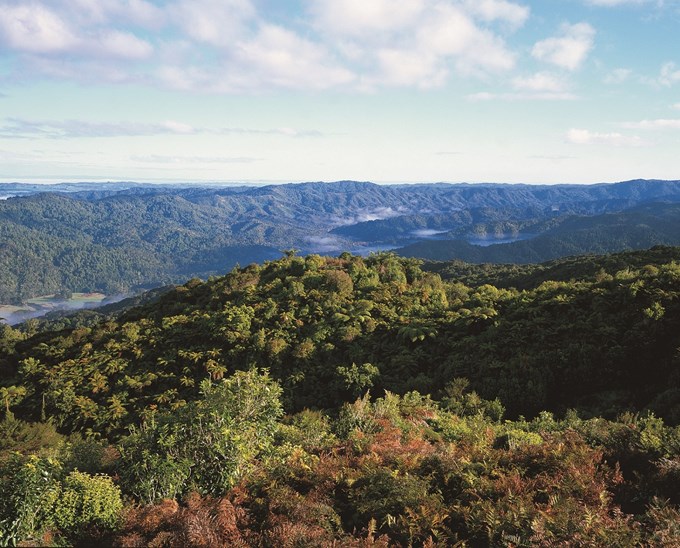The second phase of this season’s pest control operation in the Hunua Ranges parkland, neighbouring Department of Conservation administered land reserves and some private land, has begun.
Aerial application of bait containing sodium fluoroacetate, 1080, began this morning within the first block of the 21,500 hectares of forest covered by the operation.
The Hunua Ranges, Waharau and Whakatiwai regional parks and tracks within the neighbouring Mangatawhiri and Vining reserves (DOC land) are all closed to the public. The park will remain closed while a track clearance programme is carried out.
Water supply reservoirs in block one of the treatment areas were isolated from the public water supply ahead of the toxic bait application commencing.
These will not be returned to service until a comprehensive water monitoring programme has been completed with consecutive samples showing no 1080 has been detected.
Other safety measures around the water supply include exclusion zones around and no flying over the reservoirs.
Following the operation, visitors to the park and reserve lands should observe information and warning signs. Dogs and young children are particularly at risk from 1080 poisoning.
Dog owners are advised to avoid taking animals into the operational area until the caution period is over and warning signs are removed, a minimum of six months.
Those who choose to bring their dogs to areas of the parks (where dogs are allowed) or near to the operational area should supervise them closely to prevent scavenging of carcasses and consider muzzling the dog if off-lead. It is a general requirement for dogs being walked within the parkland to be always on lead.
For more information, including park closure details, see aucklandcouncil.govt.nz/hunuaproject or phone 09 301 0101.
Notes for editors
- Pests such as rats, stoats and possums are having devastating effects on native birds, such as kōkako, and the fauna in the Hunua Ranges.
- Rats and stoats take eggs from nests while hungry possums are damaging the forest canopy. These pest animals are known to have a significantly negative impacts on our threatened species including kōkako, Hochstetter’s frog and long-tailed bats.
- Monitoring of the Hunua kōkako population has shown the population have doubled every 4 years since 2014, with 54 pairs recorded in 2014, 106 pairs in 2018 and 259 pairs in 2022. This population growth can be directly attributed to Hunua 1080 operations in 2015 and 2018 and the increased pest control efforts the council has supported for Hunua.


